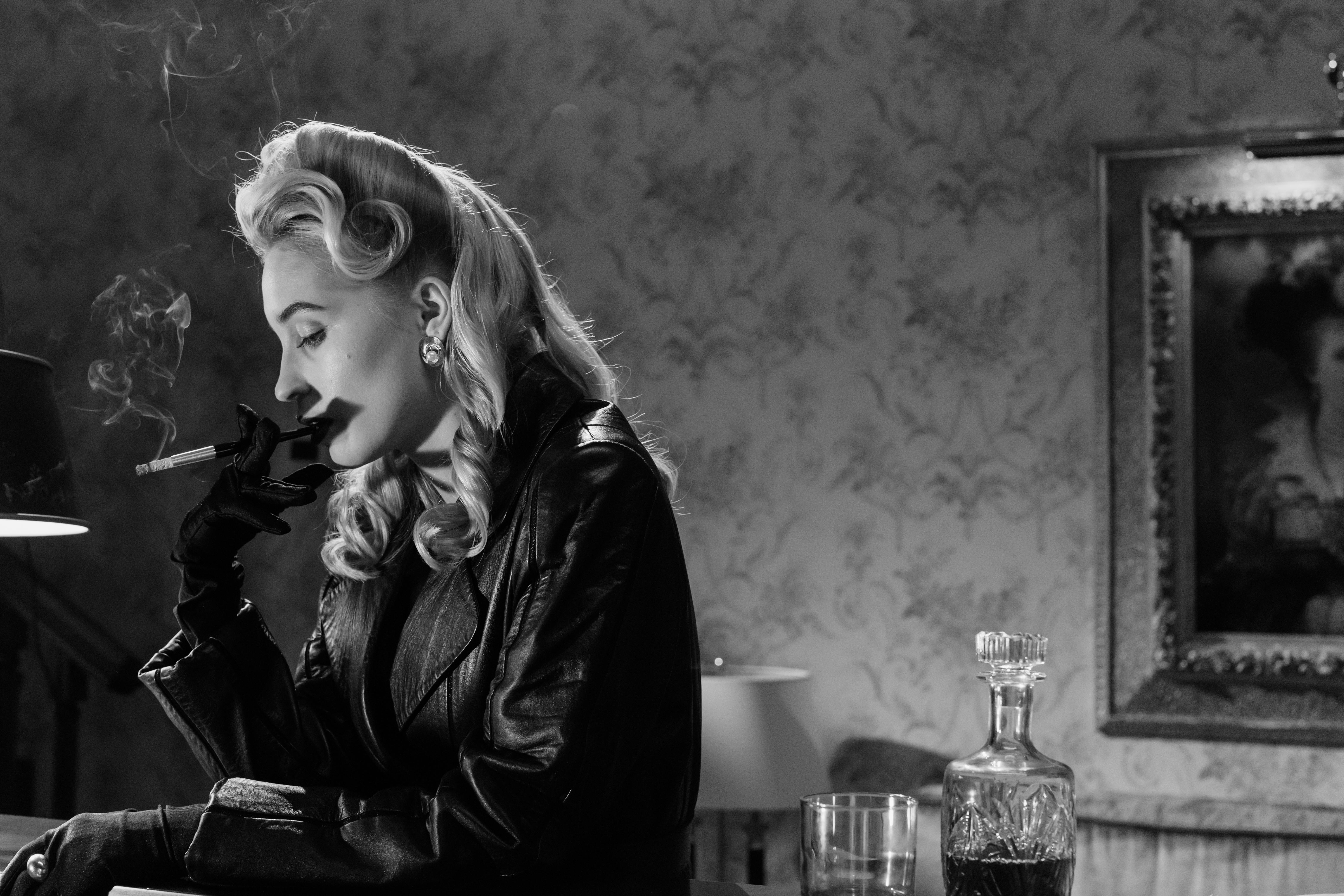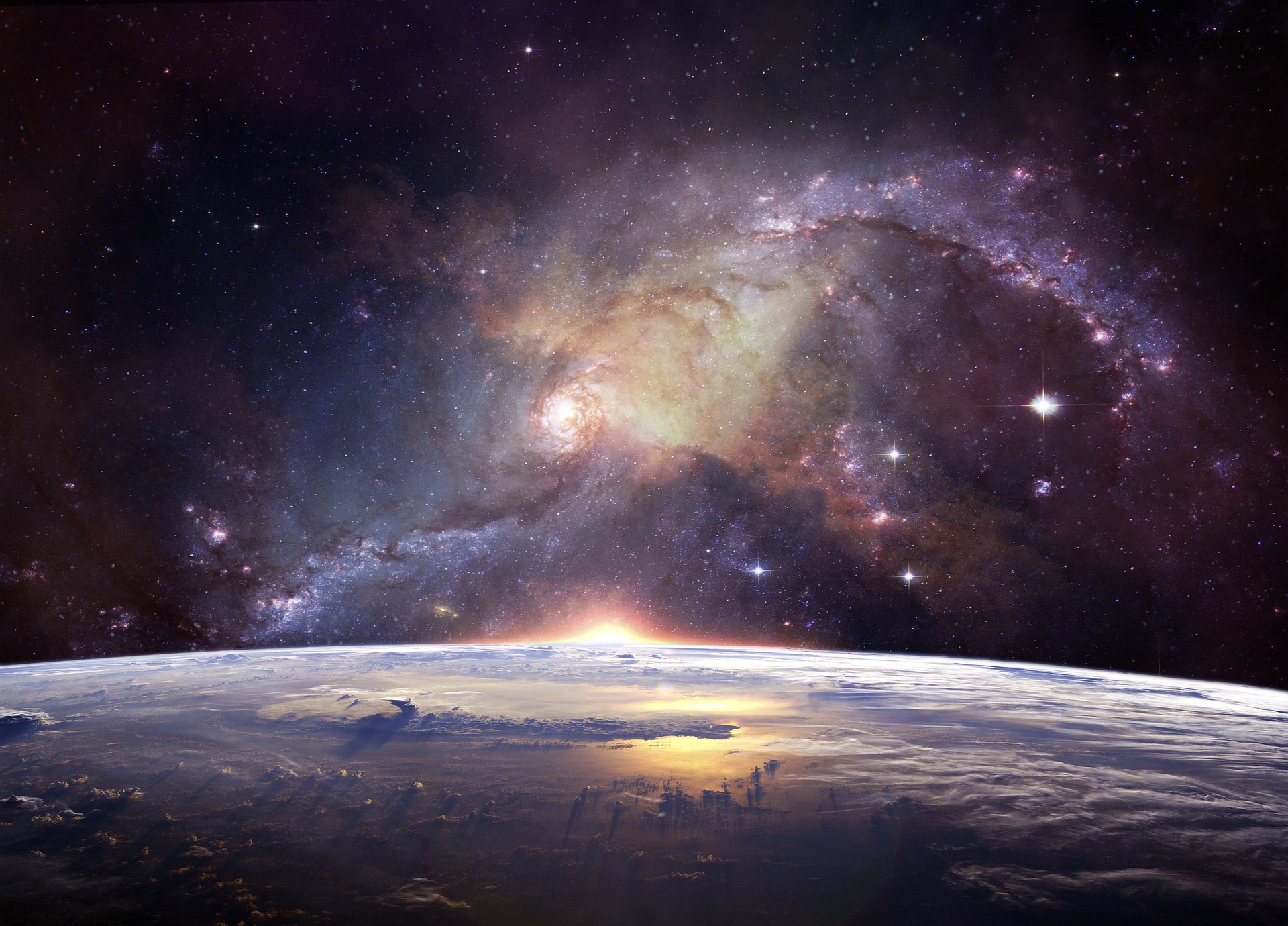Cinematic Palette: The Influence of Color in Modern Film
Introduction: Immerse into a vibrant exploration of the role color plays in shaping our cinematic experiences. How do directors employ hues to evoke emotion, define character, and enhance storytelling? Let's delve into this riveting aspect of modern filmmaking.

From Black and White to Technicolor Dreams
The history of color in film traces back to the early 20th century with the invention of Technicolor. This revolutionary technology shifted the cinematic landscape, transforming black-and-white reels into full-color spectacles. Over time, filmmakers have learned to exploit the emotional resonance of color, creating a visual language that speaks volumes about their narratives.
The Chromatic Language of Cinema
In today’s cinema, color is no longer a mere visual element; it is a storytelling tool. Directors employ specific hues to create mood, define spaces, and hint at a character’s psychological state. For instance, the color blue often symbolizes tranquility or sadness, while red can signify love, rage, or danger. This chromatic language adds depth, enhancing the viewers’ emotional engagement with the film.
Color and Cinematic Genres
The use of color also varies across cinematic genres. Horror films often rely on low-key lighting and desaturated hues to evoke a sense of dread. In contrast, romantic comedies favor warmer tones, creating a comforting, intimate ambiance. By understanding these genre-specific color conventions, viewers can anticipate narrative developments and emotional shifts.
Case Study: Wes Anderson’s Colorful World
Wes Anderson, an acclaimed director known for his distinct aesthetic, uses color to create visually mesmerizing films. From the pastel palette of “The Grand Budapest Hotel” to the warm, earthy tones of “Moonrise Kingdom,” Anderson’s color choices help build immersive worlds, define character personalities, and enhance narrative themes.
The Future of Color in Cinema
As technology advances, so does the potential for color in cinema. With the advent of digital filmmaking and high-definition screens, directors can experiment with a broader palette, creating more visually complex and emotionally resonant films. The future promises a cinematic landscape where color continues to play a pivotal role in storytelling, offering viewers an increasingly immersive, emotionally rich experience.
In conclusion, color in modern cinema is more than a visual element—it is a narrative tool, a psychological device, and an emotional catalyst. As we move forward, audiences can look forward to a technicolor future, where filmmakers continue to push the boundaries of color to deepen our cinematic experiences.





